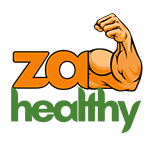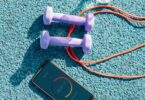The Allure of Rest Days
Rest days. Those glorious periods where we can finally hit the snooze button, binge our favorite show, or do nothing. The allure of rest days is undeniable, especially after a particularly grueling workout. The thought of lounging on the couch, letting your body recover from the physical exertion, is incredibly tempting. But what if there was a way to enhance your rest days, to make them even more beneficial for your fitness journey?
The Concept of Active Recovery
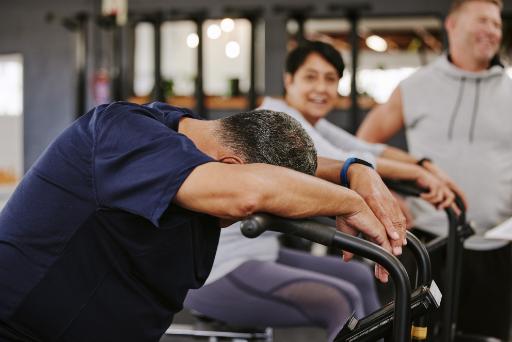
The concept of active recovery is that performing low-intensity exercise after a strenuous workout can help your body recover faster and better than resting completely or doing nothing. Active recovery can reduce muscle soreness, improve blood circulation, remove metabolic waste, and enhance your performance and fitness.
Some examples of active recovery exercises are walking, cycling, swimming, yoga, or stretching. These activities can be done as a cooldown after a workout, as an interval between sets of high-intensity exercise, or on rest days following a hard workout.
Active recovery is different from passive recovery, which involves no physical activity at all. Passive recovery may be necessary if you are injured, in pain, or very tired after exercise. However, if you are only mildly sore or fatigued, active recovery may be more beneficial for you.
Active recovery is a simple and effective way to enhance your health and fitness. However, you should always listen to your body and avoid overdoing it. You should also consult a doctor, nutritionist, or certified trainer before starting any new exercise program.
Rest Days: Recharge or Regress?
Rest days are essential for your health and fitness, as they allow your body and mind to recover from the stress of exercise. However, rest days do not mean that you have to be completely inactive. You can still do some low-intensity cardio, such as walking, cycling, swimming, or yoga, to keep your blood flow and mobility. These are called active recovery exercises, and they can enhance your rest days by reducing muscle soreness, removing metabolic waste, and maintaining your fitness.
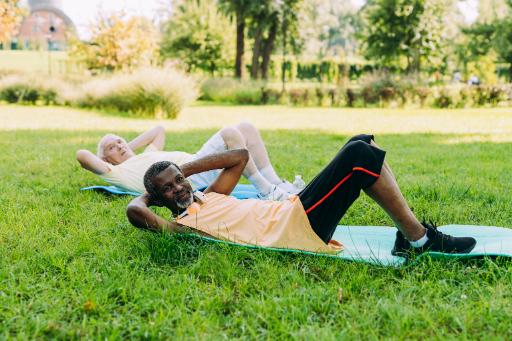
Doing cardio on rest days can have various benefits and drawbacks depending on your goals, fitness level, and type of cardio. Here are some general points to consider:
- Cardio can improve your overall health, decrease muscle soreness, and speed up the recovery process by increasing blood flow and removing waste products from your muscles.
- Cardio can also help you burn more calories and fat, which can enhance your muscle definition and weight management.
- However, cardio can also interfere with your muscle growth and strength gains if you do too much, too often, or too intensely. Cardio can cause excessive fatigue, muscle loss, and reduced metabolic rate if you overdo it.
- The best type of cardio for rest days is low to moderate intensity, such as walking, cycling, swimming, or jogging. These activities can provide the benefits of cardio without compromising your recovery or performance.
- The ideal frequency and duration of cardio on rest days depend on your individual needs and preferences, but a general guideline is to do 30 to 60 minutes of cardio 2 to 4 times per week. You can adjust this based on your goals, fitness level, and schedule.
- You should always listen to your body and take a complete rest day if you feel too sore, tired, or injured. Rest is essential for your health and fitness, and sometimes, doing nothing is the best thing you can do.
Why Consider Cardio on Rest Days ? Unveiling the Advantages
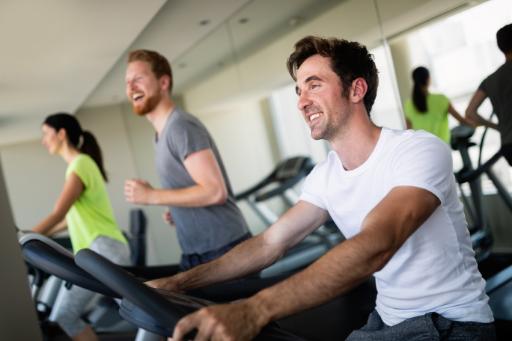
There are several compelling reasons to consider incorporating active recovery into your routine:
- Enhanced Recovery: Contrary to popular belief, light cardio on rest days can actually improve recovery. Engaging in activities like walking, swimming, or gentle yoga can increase blood flow, which helps deliver essential nutrients to your muscles and flush out waste products. This can lead to reduced muscle soreness and quicker recovery times, allowing you to bounce back stronger for your next workout.
- Boosted Mood and Energy Levels: Let’s face it, sometimes a full day of inactivity can leave you feeling sluggish and drained. Active recovery can combat this by providing a mood and energy boost. Light exercise stimulates the release of endorphins, the body’s natural feel-good chemicals, leading to improved well-being and mental clarity.
- Improved Cardiovascular Health: Even on rest days, your heart needs some love. Cardio activities, even at a low intensity, help keep your cardiovascular system in top shape, aiding in blood pressure regulation and heart health.
- Increased Calorie Burn: While the primary focus of rest days shouldn’t be calorie burning, low-impact cardio can contribute to your overall daily calorie expenditure. This can be particularly beneficial for individuals with specific weight management goals.
- Stress Reduction: Let’s not forget the mental aspect. Active recovery can be a fantastic way to de-stress and clear your head. Whether it’s a serene walk in nature or a mindful yoga session, incorporating low-intensity cardio can help manage stress and promote a sense of calm.
Cautions and Considerations: Not All Cardio is Created Equal

Before you lace up your sneakers and head out the door, it’s crucial to approach cardio on rest days with caution:
- Listen to Your Body: While active recovery offers benefits, prioritizing listening to your body is paramount. If you’re feeling exhausted, overly sore, or experiencing any pain, prioritize complete rest over pushing yourself.
- Keep it Light: Remember, the goal here is low-intensity exercise. Pushing yourself too hard negates the purpose of active recovery and can even hinder your progress. Opt for activities like gentle walks, light jogs, swimming, or yoga, and keep the intensity level conversational.
- Pay Attention to Duration: While a quick walk might be beneficial, aim for short sessions, typically around 20-30 minutes. Going overboard can defeat the purpose and potentially lead to fatigue or overtraining.
- Don’t Replace Rest Days: Remember, complete rest days are still crucial. Don’t feel pressured to engage in active recovery every rest day. Listen to your body and prioritize full rest when needed.
- Consult a Professional: If you have any concerns, especially if you have any pre-existing health conditions, consulting a healthcare professional or certified trainer is always recommended. They can help you create a safe and effective active recovery plan tailored to your individual needs.
Embracing the Power of Active Recovery: A Final Note
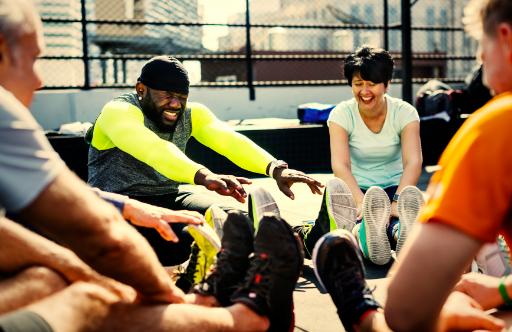
Cardio on rest days can be a powerful tool in your fitness journey when approached thoughtfully. By embracing active recovery with the right intensity, duration, and awareness, you can reap the benefits of improved recovery, boosted mood, and overall well-being, ultimately setting yourself up for success in your fitness endeavors. Remember, fitness is a journey, not a destination. Every step, no matter how small, brings you closer to your goals. So why take a step towards active recovery today?
Conclusion
The conclusion for all the above is that rest days and active recovery are both essential components of a healthy and effective fitness routine. Rest days allow your body and mind to recover from the stress of exercise. In contrast, active recovery exercises can enhance your rest days by improving your circulation, flexibility, mood, and performance. Doing cardio on rest days can have various benefits and drawbacks depending on your goals, fitness level, and type of cardio. You should always listen to your body and adjust your intensity and frequency accordingly. You should also consult a doctor, nutritionist, or certified trainer before starting any new exercise program. By following these tips, you can optimize your health and fitness and enjoy your workouts more. Stay healthy and happy!
